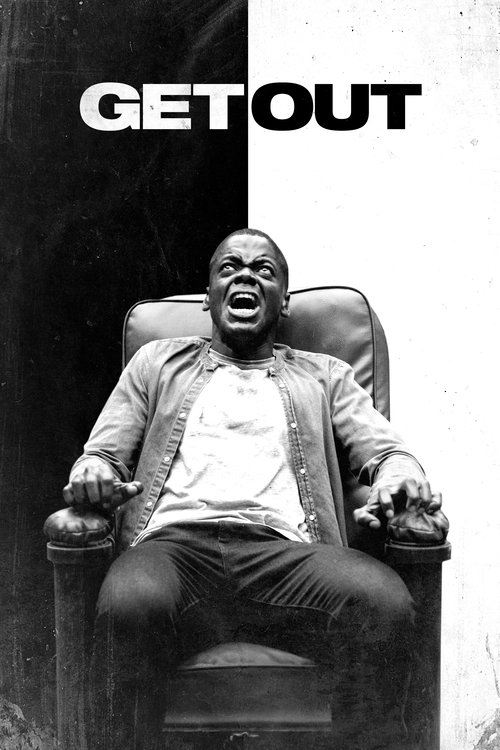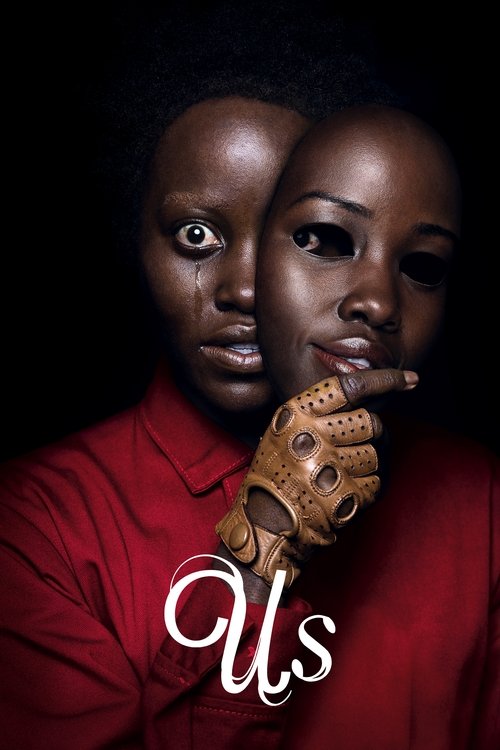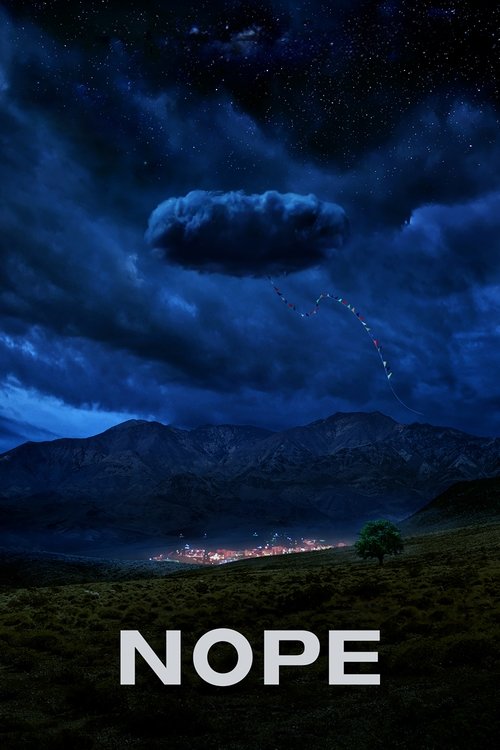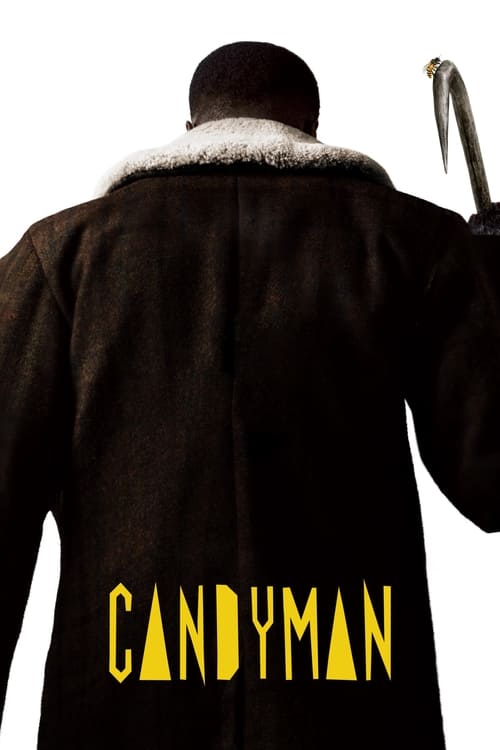Jordan Peele: Horror Through Social Commentary
Genre as activism
Jordan Peele revolutionized modern horror by masterfully weaving racial discourse and social commentary into genre filmmaking, creating a new framework for addressing systemic inequality through psychological terror.
Peele's directorial debut "Get Out" (2017) marked a seismic shift in horror cinema, demonstrating how genre films could directly confront racial tensions while maintaining commercial appeal. The film's "sunken place" became an immediate cultural touchstone, representing the paralysis of Black voices in white-dominated spaces. Peele's technical precision is evident in his use of symmetric framing and purposeful color theory, particularly in scenes where Chris (Daniel Kaluuya) encounters the Armitage family. The film's genius lies in how it transforms microaggressions and liberal racism into literal horror elements, making white audiences uncomfortable while validating Black viewers' experiences.
"Us" (2019) expanded Peele's thematic scope beyond explicit racial commentary to explore broader questions of American identity and class warfare. The film's complex doppelganger metaphor speaks to the suppressed underclass that supports privileged society. Cinematographer Mike Gioulakis employs underground spaces and mirrors to create a distinct visual language for the film's parallel worlds. Lupita Nyong'o's dual performance as Adelaide/Red anchors the film's exploration of privilege and suppression, while Peele's direction maintains tension through careful pacing and symbolic imagery.
With "Nope" (2022), Peele merged horror with science fiction while examining Hollywood's exploitation of spectacle and the entertainment industry's historical treatment of marginalized groups. The film's meta-commentary on viewing and being viewed is reinforced through cinematographer Hoyte van Hoytema's IMAX photography, creating vast, threatening skies that loom over the characters. The story of Haywood's ancestor, the unnamed Black jockey in Eadweard Muybridge's first moving pictures, serves as a powerful metaphor for Hollywood's erasure of Black contributions to cinema.
Peele's mastery of visual storytelling is particularly evident in his use of symbolic objects and recurring motifs. The teacup in "Get Out," the scissors in "Us," and the artificial eyes in "Nope" all serve as multifaceted symbols that deepen the films' themes. His collaboration with production designer Ruth De Jong has created distinctive visual worlds that feel both familiar and unsettling, using ordinary spaces to generate extraordinary tension. This attention to detail extends to his sound design, where silence and subtle audio cues build atmosphere as effectively as traditional jump scares.
The influence of Peele's approach extends beyond his own films, inspiring a new generation of filmmakers to tackle social issues through genre conventions. His success has opened doors for other Black directors in horror, such as Nia DaCosta's "Candyman" (2021), which Peele co-wrote and produced. His production company, Monkeypaw Productions, continues to support projects that blend social commentary with genre elements, demonstrating the commercial viability of politically engaged horror.
Peele's writing process deserves particular attention, as he spends years developing each screenplay to ensure multiple layers of meaning. His scripts function on both surface and subtextual levels, rewarding repeat viewings with new insights. The dialogue often contains double meanings that resonate differently with various audience demographics, creating a unique viewing experience that changes based on the viewer's social perspective and life experiences.
More Ideas
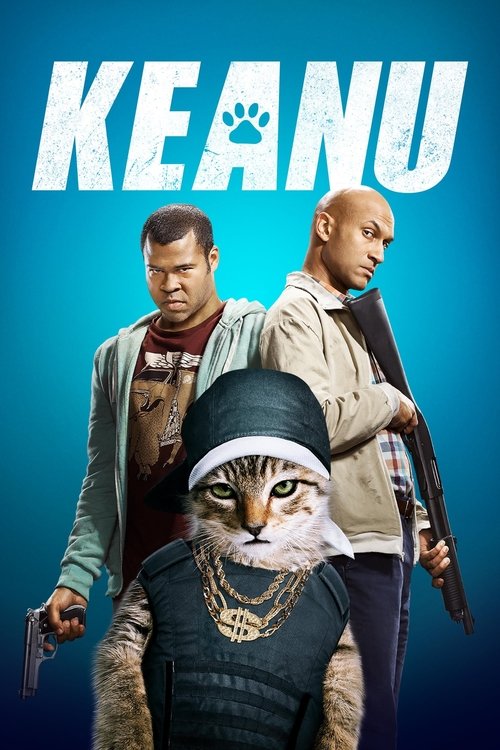
Keanu
(2016)
Early example of Peele's directing style in comedy format
Streaming on HBO Max
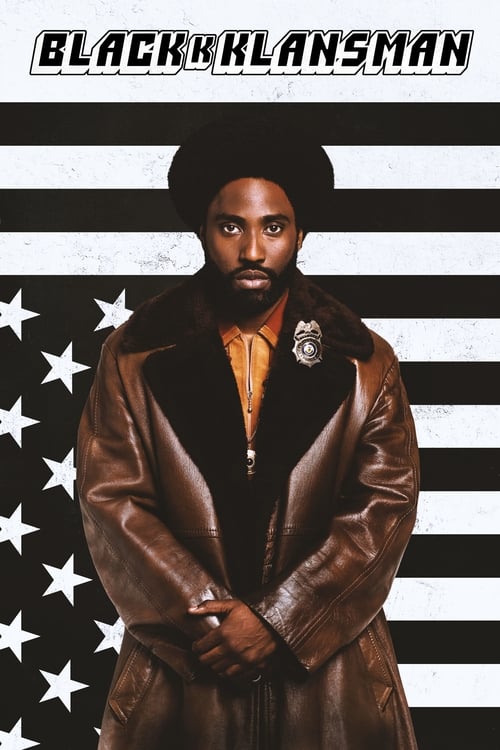
BlacKkKlansman
(2018)
Spike Lee film produced by Peele showing his influence on other social commentary films
Streaming on Netflix
Lovecraft Country
(2020)
HBO series produced by Peele mixing horror and racial commentary
Streaming on HBO Max
More from Acclaimed Directors
The Coen Brothers: Genre Pastiche & Visual Wit
Postmodern storytellers
Christopher Nolan: Time, Memory & IMAX Spectacle
Puzzle box narratives
Denis Villeneuve: Sci-Fi Atmosphere & Scale
Thoughtful spectacle
Frederick Wiseman: Institutional Observer
Fly-on-the-wall realism
Errol Morris: Truth Detective
Investigation through film
Michael Moore: Provocateur Documentarian
Political activism through cinema
Fritz Lang's Architectural Psychology
Space as character
